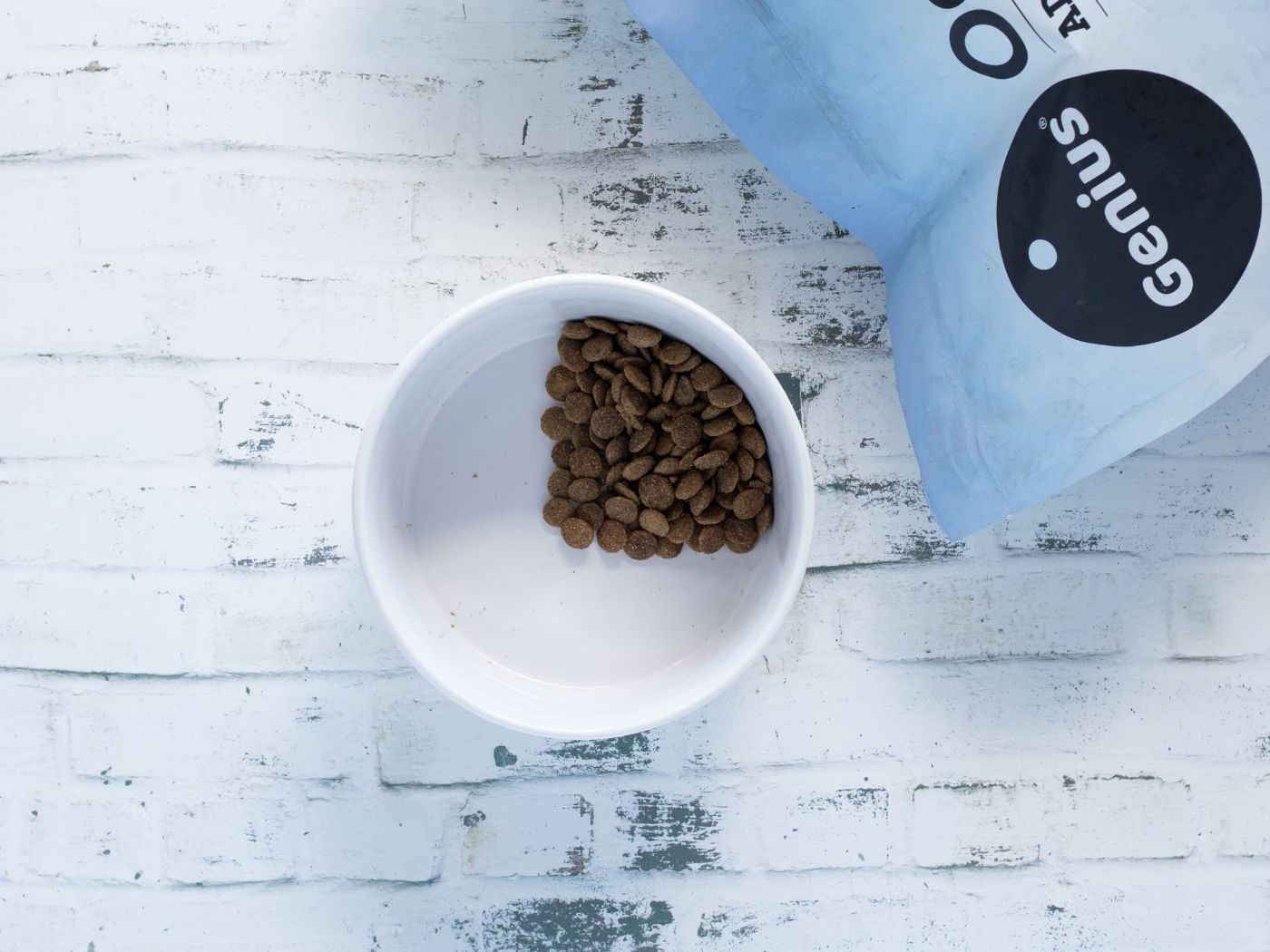The Feeding Guide - The Start Point
All good quality pet foods should contain a detailed feeding guide on their packaging, as well as clearly stating the product's Metabolisable Energy (ME) content in kcal/kg of food.
The feeding guide gives you a starting point for working out how much to feed your pet, but many people end up inadvertently over or underfeeding their pet’s by sticking too religiously to these recommendations. Let me show you why!
Feeding guides are based on a formula that calculates the amount of energy required by the average pet each day. Unfortunately this requirement can vary hugely, even among animals of the same breed, age and size, due to your pet’s genetics, activity level, environment, life stage and especially whether they have been neutered.
One of the major problems with advising on energy requirements is that there is no consensus amongst pet nutritionists and pet food companies on what is the right formula to use to calculate the feeding guide. Recommendations vary massively and I have no doubt that every pet food company is using a slightly different formula.
So what do I do then?
The best indicators of how much your pet needs to eat are their:
- weight
- body condition score.
What is a body condition score?
Body condition scoring is a process of visually assessing your pet’s body fat levels. When they are in ideal body condition:
- Their ribs should be easily palpable with light pressure, but not visible
- They should have an obvious waist, when viewed from above
- Their abdomen should be tucked up a little when viewed from the side - known as the abdominal tuck
The World Small Animal Veterinary Association (WSAVA) have created a great body condition score chart. It is available on this page under charts, checklists and guidelines. There is also a good video on here showing you how to do a body condition score.
The Key Factors
After many years in veterinary practice I’ve found the 3 keys to getting your pet’s weight right and keeping it that way are:
- Learning how to do a body condition score and doing it regularly
- Regular weigh in’s at the vet clinic to track weight. You’ll soon get to know what your pet looks like at the perfect weight, but it's amazing how much difference even 1-2 kg can make
- Making slight adjustments of food intake up or down based on the above two factors until you get the body condition score just right
If in doubt, drop into your local vet clinic. Most clinics will have a set of scales in their waiting area and well trained vet nurses able to weigh your pet and assess their body condition score. Your vet should also be checking and discussing your pet's weight at every visit.
Other Common Mistakes
1. Not measuring out food properly
The most common mistake I used to see in my veterinary practice was not measuring food out properly. An enormous coffee mug full to the brim with dog food does not equal 1 metric cup! Many pet food companies give away measuring cups with their food. Ideally, they should be easy to read and see through. When using these, food safety is important – so don’t forget to wash them regularly.
HOWEVER – I actually recommend that you consider weighing out your pet’s food on a gram scale.
Why? Well numerous studies have shown that even a measuring cup can be wildly inaccurate. One study showed that accuracy ranged from an 18% underestimate to an 80% over-estimate in portion size.
I know this is a bit of a faff, but if you have a small dog (for which even a small overestimate in portion size can quickly add up), a dog that is prone to being over or underweight, a dog that you are dieting right now or a dog on a therapeutic diet then I think it is a really good idea to accurately weigh out each meal on a gram scale. Just a simple set of kitchen scales will suffice for this.
2. Feeding really high calorie food to dogs that don’t need it!
The energy content of pet foods is highly variable. They commonly range from around 3200 kcal/kg to up over 4000 kcal/kg. Energy density is important. If you have a working dog on a high country station then you’re going to want a food that's well over 4000 kcal. But if you feed too much of this to a fairly sedentary old Labrador he’s going to hoover up a lot of calories before he starts to feel full!
Key takeaways:
- Do not rely 100% on a feeding guide or a computer algorithm to accurately predict how much you should feed your pet – use it as a starting point only
- Body condition score and weigh your pet regularly and adjust food intake as needed
- Measure accurately



